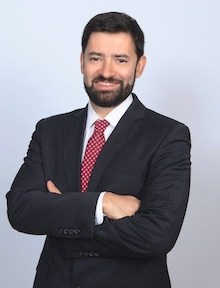Does a Self-Settled Spendthrift Trust Work in New York?
Spendthrift trusts are managed by a trustee who oversees the distribution of trust funds to the beneficiary on behalf of the trust creator. A spendthrift trust is created for the purpose of making sure that the trust funds are not squandered by the beneficiary. This means that the beneficiary is limited to only those funds that the trustee has transferred to the beneficiary and cannot access the general trust funds or assets. Creditors may not collect debts against the general trust funds and are limited only to the collection of funds that have been transferred directly to the beneficiary.
These trusts are also referred to as “self-designated trusts,” “Alaska Trusts” or “Domestic Asset Protection Trusts.” Using these types of trusts raised questions because people were setting them up to avoid debt collection by their creditors. As a result, these types of trusts are regulated heavily and are only allowed in a handful of states. Alaska was one of the first states to allow such spendthrift trusts. Other states that allow such trusts include Nevada, Colorado, Delaware, Missouri, New Hampshire, Oklahoma, Rhode Island, South Dakota, Tennessee, Utah and Wyoming.
Under a self-settled spendthrift trust, the maker of the trust is the sole beneficiary. The assets can be transferred back to the beneficiary/trust maker. Self-settled trusts with spendthrift protections were created to limit or avoid collections by creditors. Creditors can only attempt to collect a debt against assets that have been transferred back to the trust maker.
While some states allow a self-settled trust with spendthrift protection, the State of New York does not
If you wish to speak to a New York estate and trust attorney, call the Law Offices of Albert Goodwin at (212) 233-1233.
